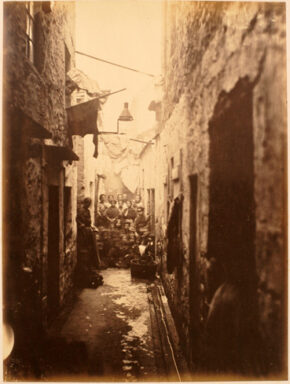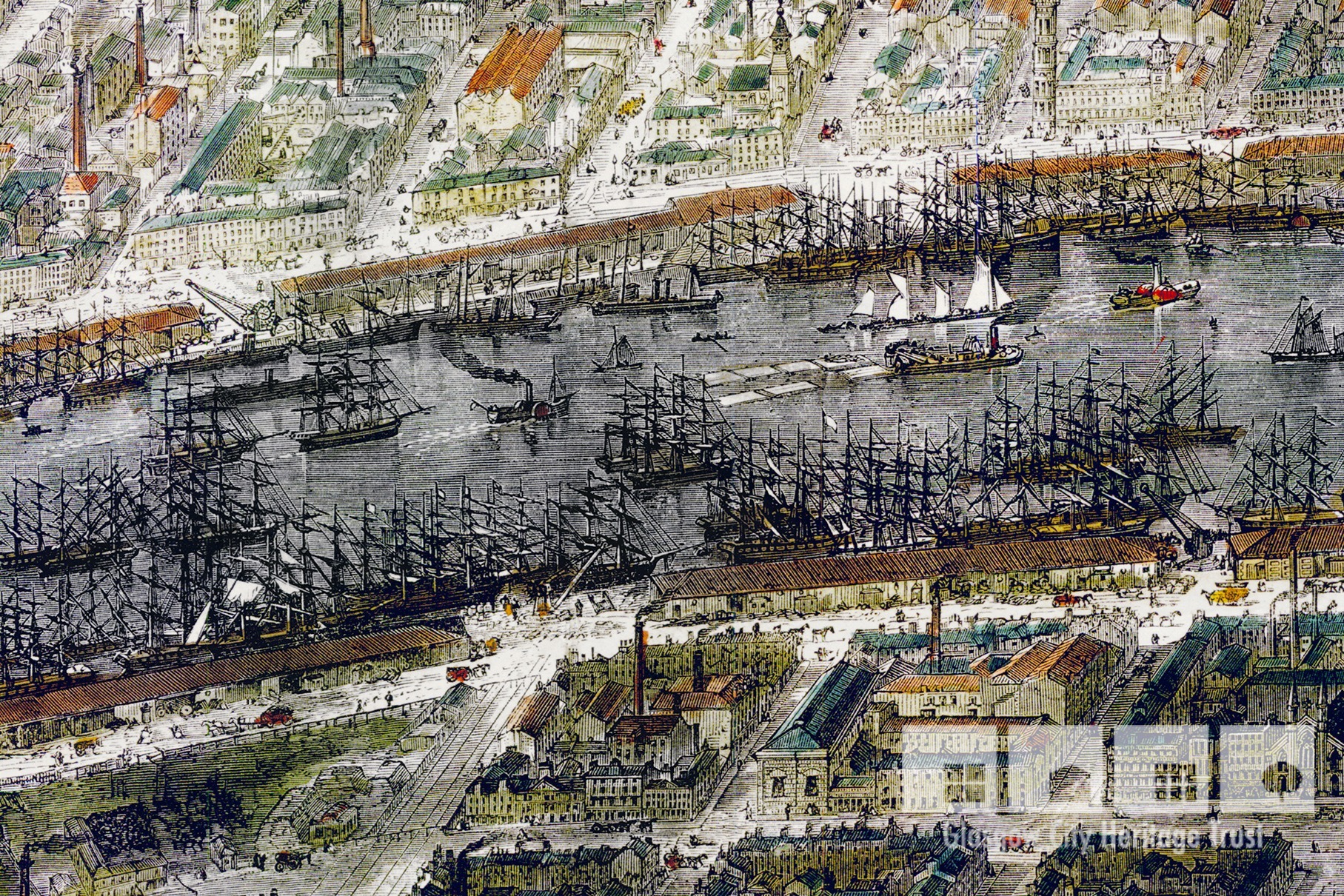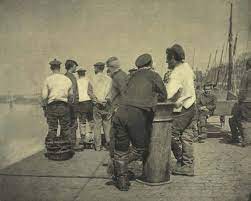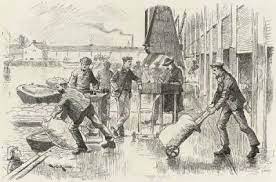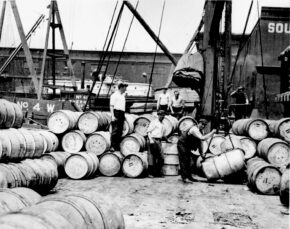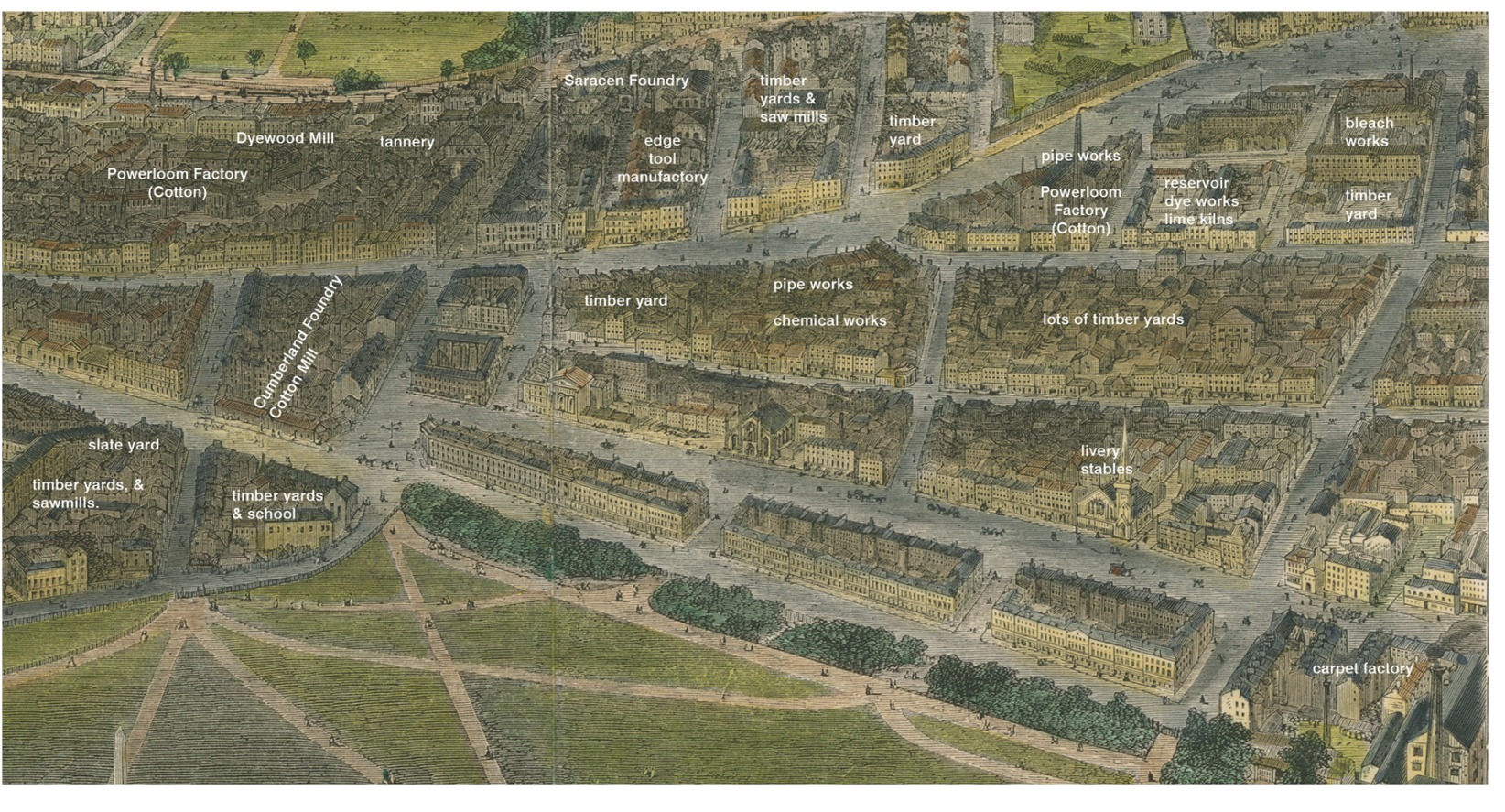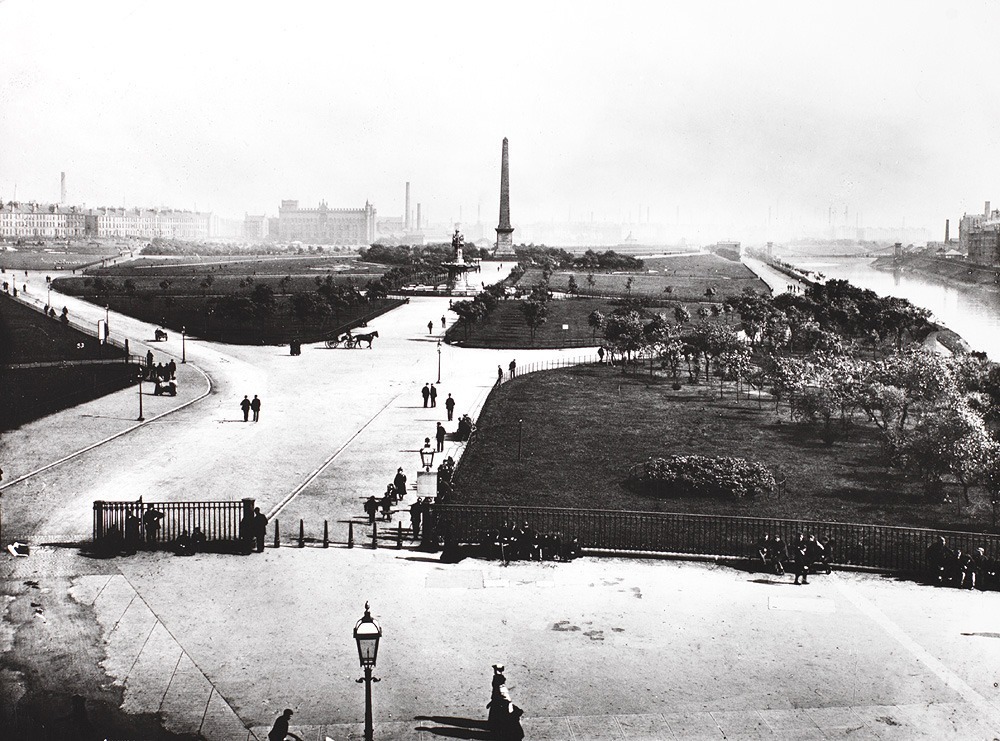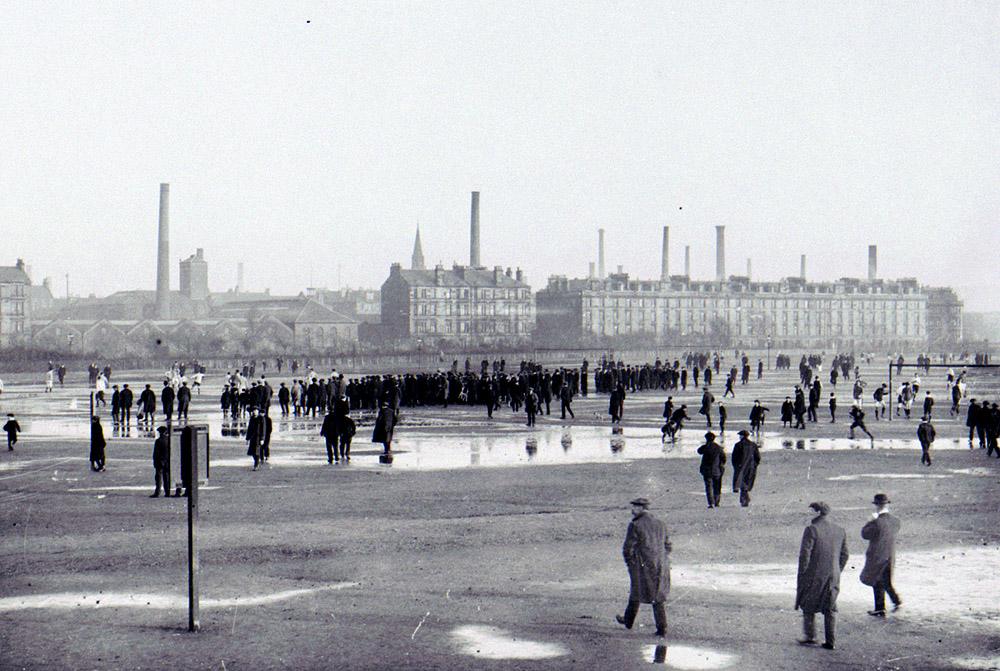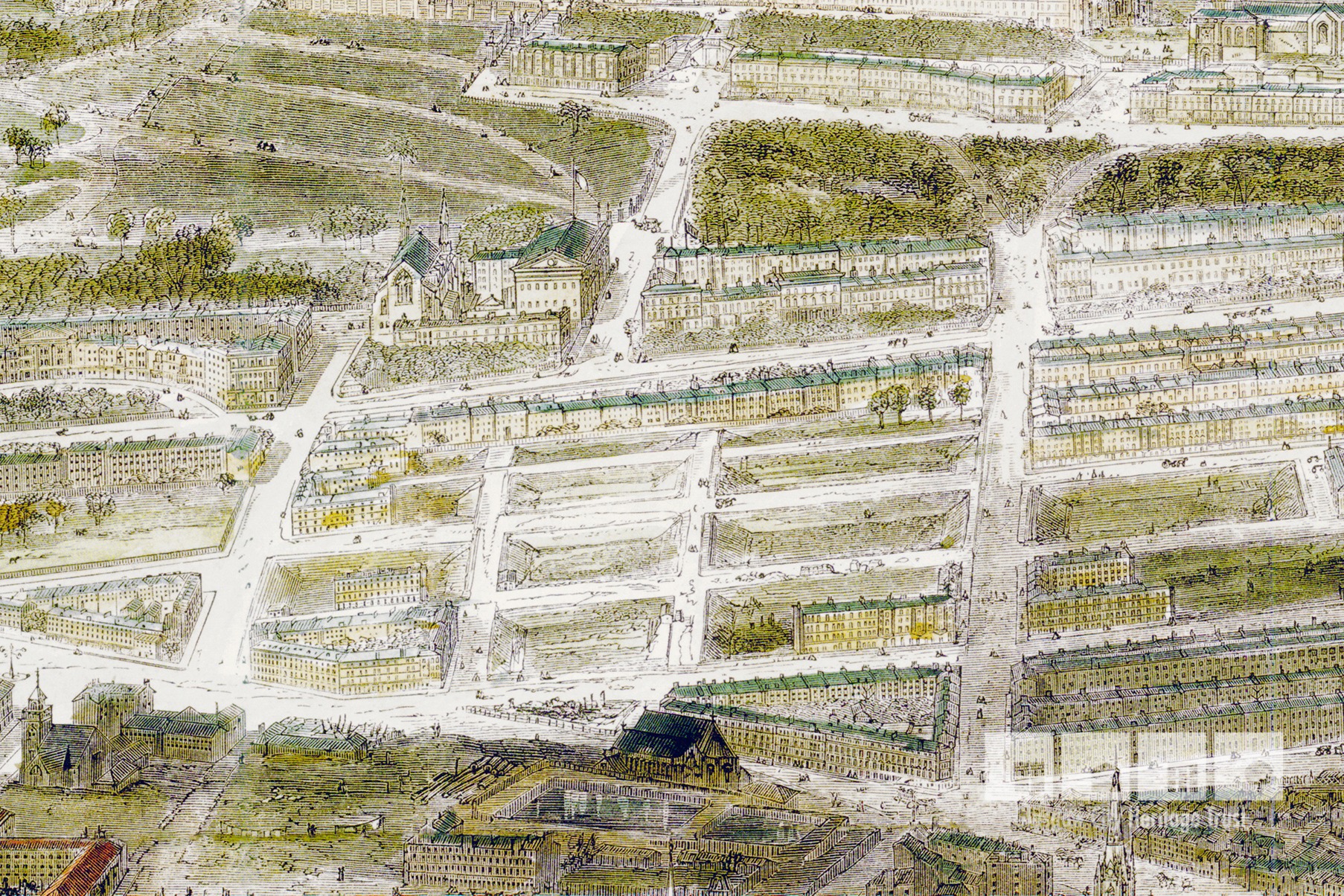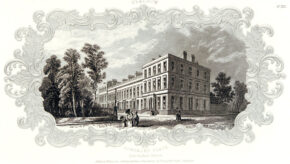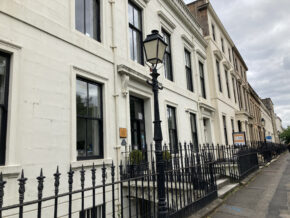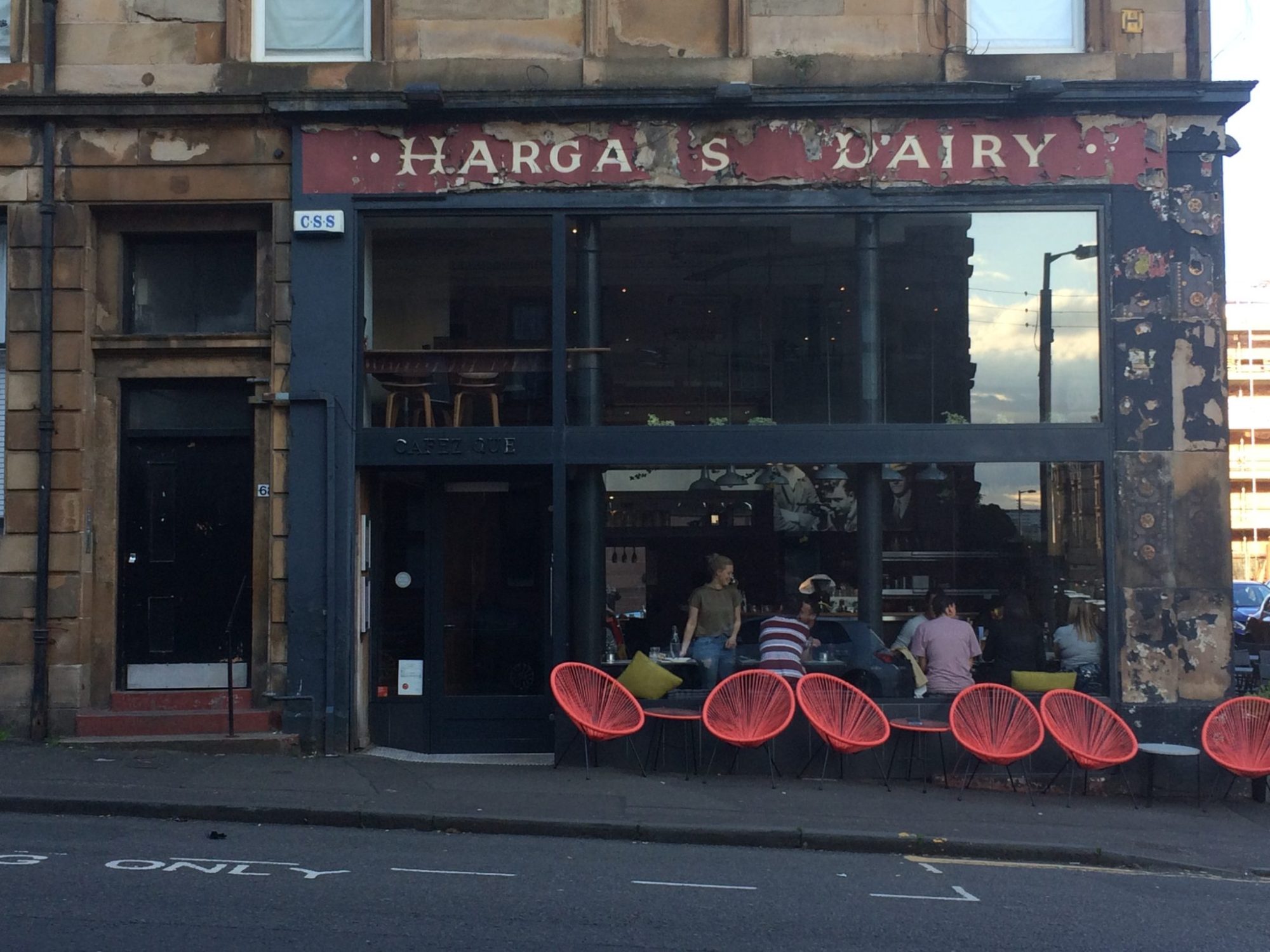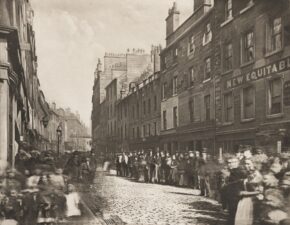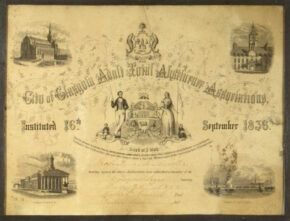ALL WORK AND NO PLAY
He finds his work at the match factory boring and it’s hard to keep his concentration during the long shift, he gets distracted easily. At least he gets a couple of breaks. Most go home to get something to eat but it’s too far for him, so he brings a piece with him. He finds himself getting sleepy sometimes, especially the last couple of hours. Usually one of the others will give him a nudge if he does drift off, and he does the same for them. Mummy usually has a hot meal waiting for him when he gets home, depending on her shift pattern at her own work.
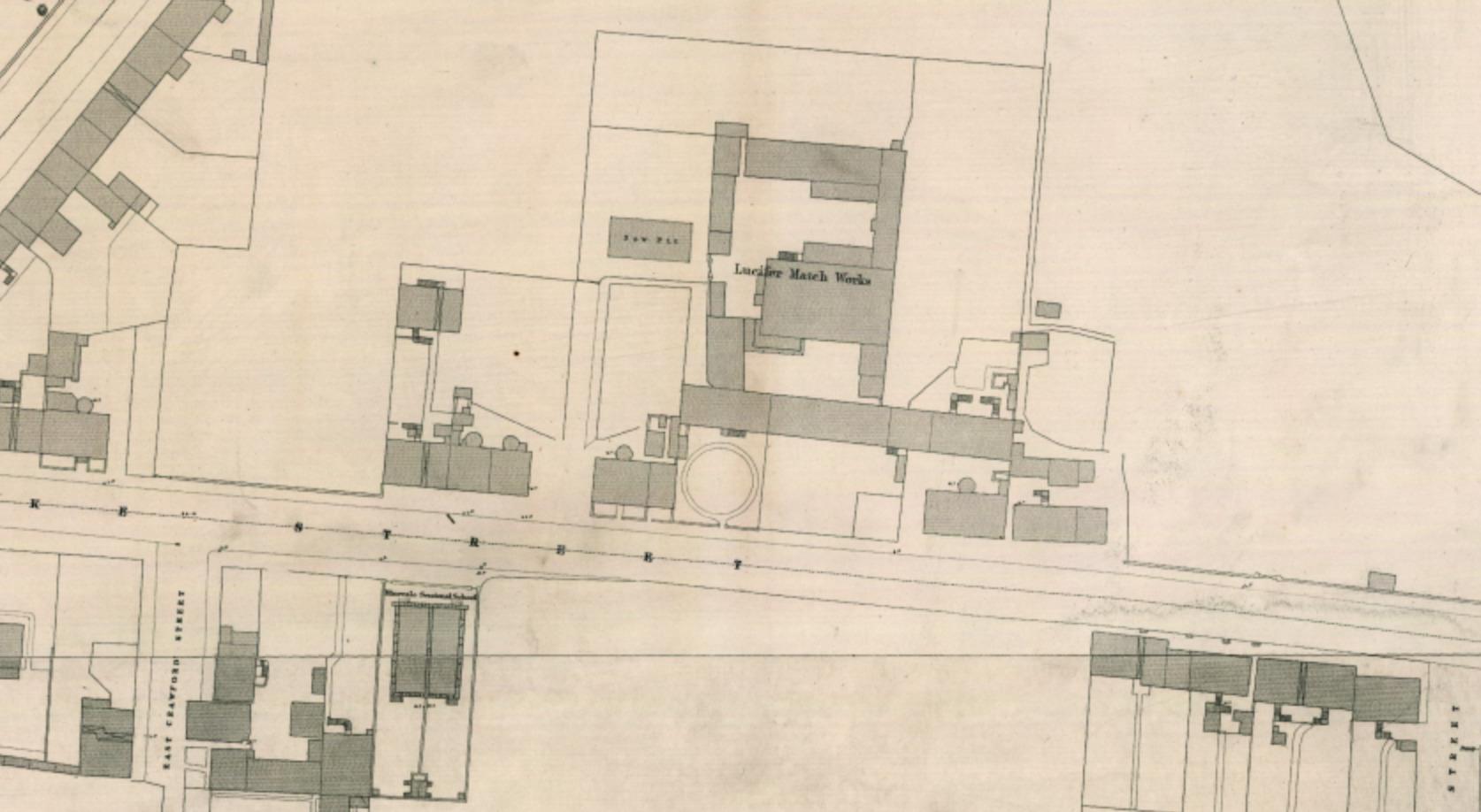
CHILD’S PLAY
He knows he has to work so that his family can pay their bills and have enough food to eat, but he’d like to have more time for playing with all the other weans that live about him. Between work and Sabbath School on Sundays there’s not much time for enjoying himself. There’s a lot of big families, so when he does get the chance there’s always plenty of them around, to kick a ball with or play chasies. Often someone will get the skipping rope out and they’ll all take a turn, signing rhymes as they do. Just the other day his pal Alice was showing them all a new toy she’d got. Her sister works out in the West End just like his, for one of those rich families, and she’d got given it because the child she looks after didn’t want it anymore. He can’t remember the proper name for it, but it was a circle of card with two threads attached. On one side of the card was a bird and on the other was a cage. When she spun it quickly it looked like the bird was in the cage! He thought it was magic. They all nearly broke it fighting over each other to have a turn of it, so Alice hasn’t brought it out again, she says she wants to keep it nice. He doesn’t blame her. He’ll need to remember and tell his Lizzie about it next time she visits, see if she can get one for him. Or maybe she’d be able to make one- she’s clever with things like that.
THE GREAT OUTDOORS
He spends a lot of time outdoors when he’s not working or at school, his Mummy shoos him out so she can get on with the cleaning and cooking without him causing a mess. He doesn’t mind so much as it’s a bit dull at home these days anyway now Lizzie has gone. She used to play with him and make up stories to tell him. His brother Edward’s not much fun, he’s always telling him to be quiet and that he has to behave. Edward’s not at home very often these days either though, what with his work at the warehouse and his meetings in the evenings. He doesn’t quite understand what the meetings are all about, other than its something to do with people like his Dad who drink too much. Edward doesn’t drink at all and is always telling him that’s the best way to succeed in life, along with working hard and keeping your head down. It doesn’t sound very exciting to him.
LOOK AFTER THE PENNIES…
But he’ll admit he doesn’t like it much when he runs into drunken people on his way to work or back. That, along with the smells and all the other things he encounters as he passes through the wynds and closes is why he usually makes a dash for it. If he runs the whole way he can avoid any trouble. He always keeps his eyes open though, occasionally he’ll spot a penny someone has dropped, or a discarded newspaper he can sell on. He enjoys seeing the delight on his Mummy’s face when he gives her an extra penny. What she doesn’t know is that he sometimes keeps a bit back for himself to buy a few sweeties…
OUR INSPIRATION
THE LUCIFER MATCH WORKS
In 1862, on the wishes of Queen Victoria, the Children’s Employment Commission was instructed to investigate child labour and the conditions in which they were working in. Their first report includes details of the Lucifer Match factory on Duke Street in the East End. At the time it was thought to be the only place in Britain at which the whole process of match making was undertaken, from sawing large timbers into planks to completing the boxes. There was also some trade in timber.
The report details the work pattern of Robert Cameron, aged 10: “Hours are from 6 to 6. Sometimes till 7 or 8. Has worked up to 6 in the morning. Only did that once, and had an hour’s sleep then at 2 o’clock.…Has breakfast at 9, three-quarters of an hour. Dinner at 2, three quarters of an hour. Goes home to them. A bell rings for them to go and come back. Tea at home afterwards. Washes at a trough in the yard.”
TIME FOR SCHOOL
It wasn’t until the 1872 Education Act that schooling became compulsory for those aged five to thirteen. At this time Scotland moved to a system of state funded, mostly free, schools, run by local school boards. Overall administration of this was in the hands of the Scotch (later Scottish) Education Department in London.
The Glasgow School Board reduced the number, but improved the quality and size of schools. The remaining legacy of the Board can be seen in the large red sandstone buildings still bearing the name that can still be seen across the city. Sadly, several of these are now empty and languishing on the Buildings at Risk Register for Scotland.
WANT TO KNOW MORE?
-
To find out more about some of the remaining board schools, check out the Buildings at Risk register for Scotland
-
We’ll be releasing more resources for children and schools later in the project. For now, why not check out our range of Kids Heritage Trails, covering areas such as the Merchant City, Dennistoun and Govan.

